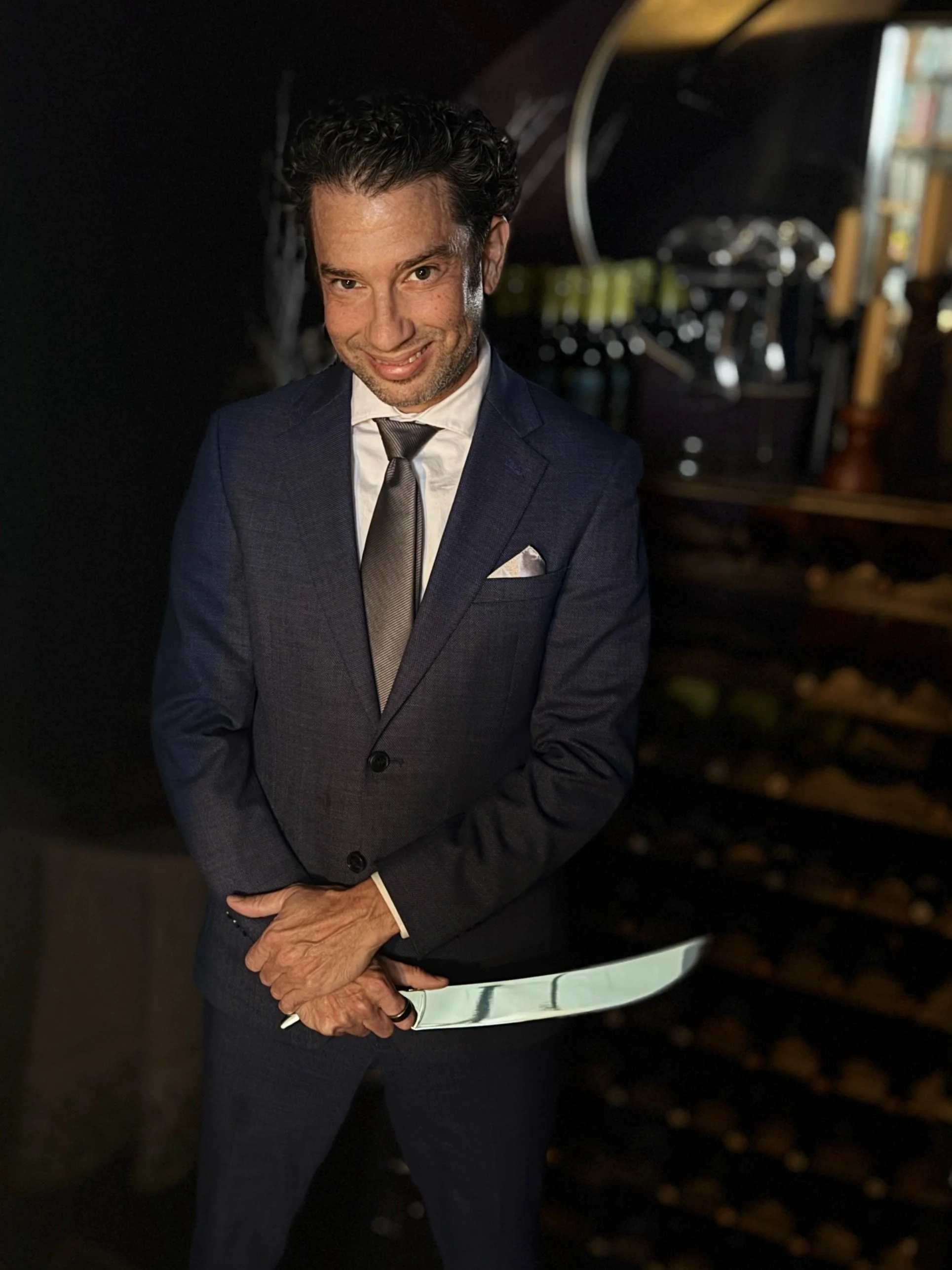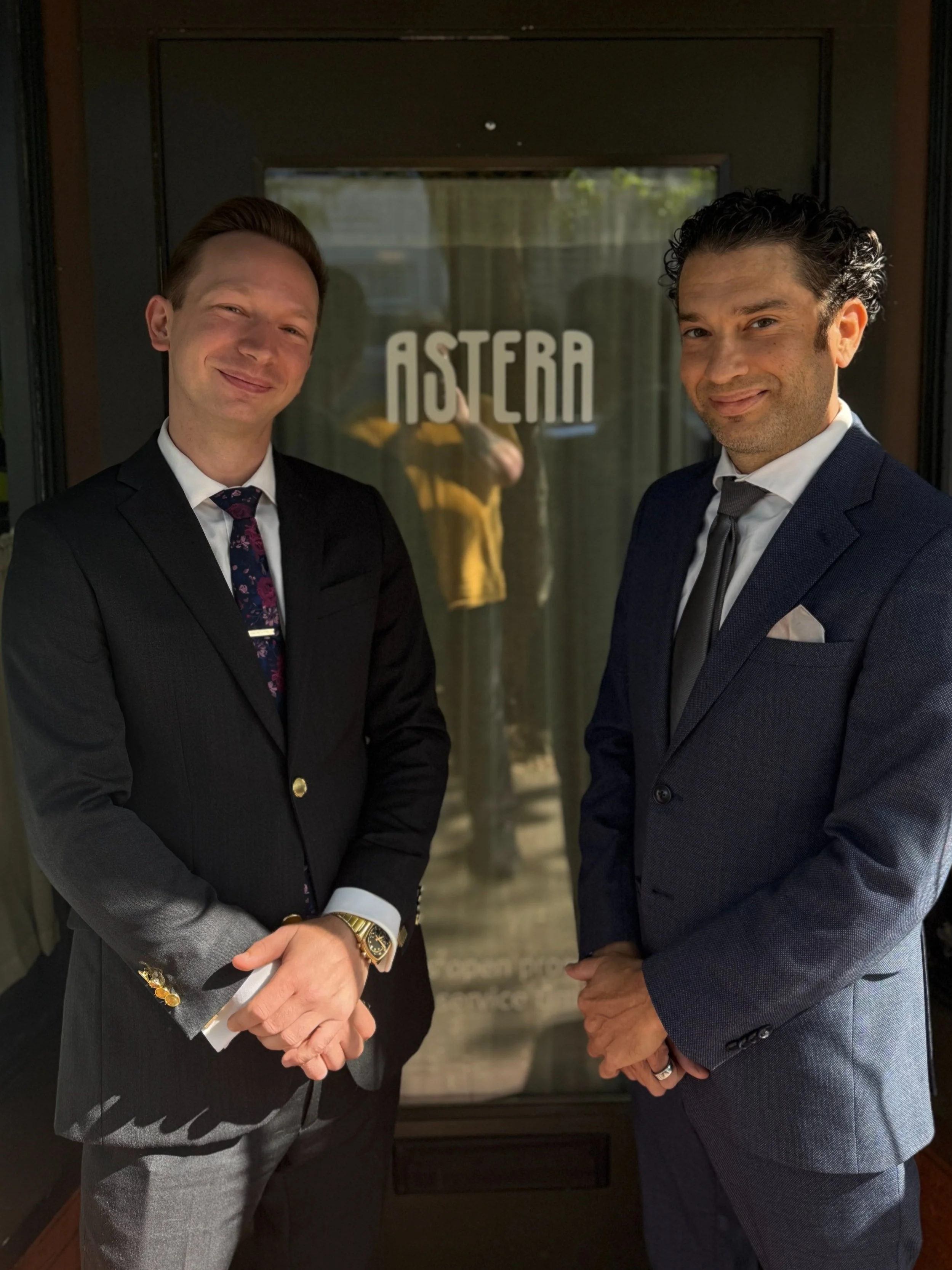The importance of seemingly outdated service points in the modern restaurant.
Much like the ridiculously verbose title of this entry, some of my colleagues in the service industry find traditional “open hand” service to be cumbersome and unnecessary. “Open hand” refers to the tradition of not showing the back of your hands to guests ever, and requires the server to maneuver around quite a bit in order to achieve this. For some guests, this seems a little confusing as they wonder why the server just doesn’t leave the darn plates on the table rather than bounce around back and forth serving from either side of the table.
I don’t think it’s controversial to say that service hasn’t been improving industry-wide. It’s a common complaint among critics and diners alike. The biggest complaint is mostly about a lack of friendliness in the hospitality industry, which is pretty funny seeing as how our industry is literally called “hospitality.” It’s fair to say that COVID had a lot to do with the decline in friendliness, with hospitality costs increased and business reduced, with less money for payroll which leaves workers underpaid and overstretched. It’s also a sign of the times, as folks in general seem to be more stressed and unhappy than even a few years ago. It’s not a great situation.
So…ok, let me get this straight so far: Open hand service is seen as too tough to do by restauranteurs, confuses guests , and most service workers aren’t in the mood for this nonsense. Why are we carrying on like this, then?
Because service is an art and our servers are artists.
Does that sound a little corny/cringey? Maybe…well, yes. Yes it does. But I’ve learned that being corny and cringey is often the best path to getting really cool stuff accomplished.
A couple of months ago, we had a crew change in the front of house as some legacy employees moved on. We were on the hunt for folks that wanted to perform a high level of service to match our cuisine, and we are so freaking lucky we met Justin and Montana. These two are absolute freaking nerds about service. Obsessed, I’d say. Normally this level of obsession would be concerning, but it suits the style of service so we’re going to roll with it.
Purveyors of open hand service will usually follow some other traditional points of service including choreographed drops, serving from specific sides of a guest, and exacting table settings. A server who is practicing open hand will probably be very concerned with napkin folds, the best way to polish a glass, and learning how to interact with a guest with a friendly, convivial formalness. Come in early in the day, and you’ll see Montana, our hospitality manager, setting the position of the tables and the table settings using a measuring tape, to make sure everything is placed exactly and all tables are perfectly spaced from the wall and from each other. At the same time, you’ll find Justin tasting wines and writing notes for service, making sure the pairings will be the perfect match for the current menu. It’s a level of detail you don’t commonly see.
Montana did the math one day and figured an average service measures about 4500 “touches” at the tables. A touch is any interaction with the table, like dropping a plate, picking up a plate, or dropping a bill. We have two servers and eighteen seats if that gives you any idea of how much a traditional server has to do during service. Holy smokes, their step count must be amazing every day! Get after it, fellas!
There isn’t a practical reason for anything we do at the restaurant. Putting together a meal with thoughtfulness, devising themes for the menu, setting the room exactly, or choosing the right wines to pair are all part of the picture in offering a special service. Service is arguably more important than the food, in my opinion…at least as a focus. A fine dining restaurant is expected to have a high level of menu execution and that pressure will always be there, but service has definitely relaxed the past few years and guests have accepted this as a reality. But to heck with that reality. We’re keeping up the traditional ways, giving our servers the space to be as nerdy about their obsession as they want.



